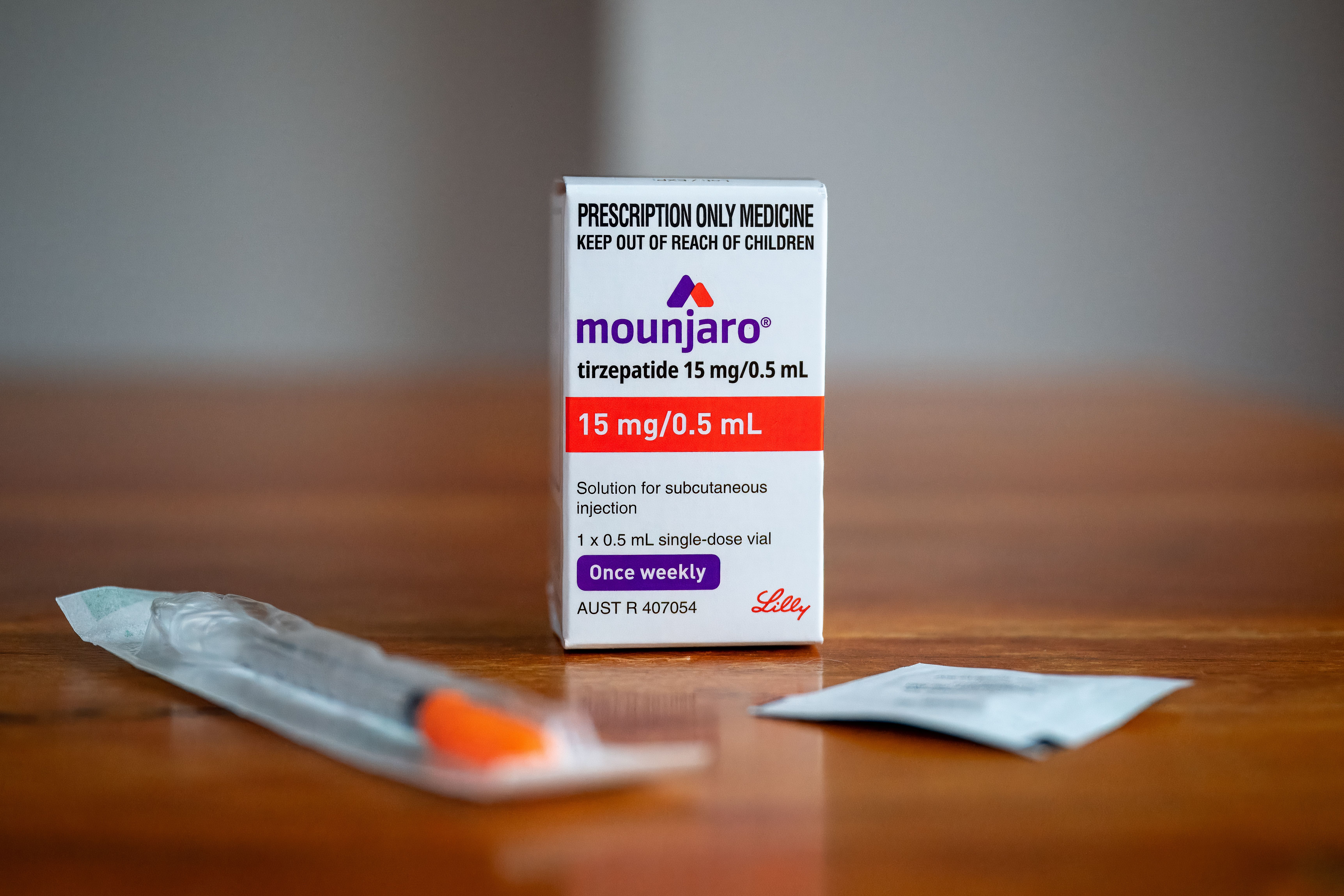Video
Heart Failure Clinical and Economic Burden
An in-depth discussion on the clinical and economic burden of treatment for patients with heart failure, with special consideration to progressive disease.
John McMurray, MBChB: The burden of heart failure is immense at all levels for patients, their loved ones, their primary caregivers, and of course their secondary caregivers. Indeed, there is a large mortality burden as well. That’s because heart failure is a very symptomatic condition; everybody is limited by breathlessness and by fatigue. Those symptoms sometimes become so severe that the patients can’t lie flat and can’t breathe in bed at night. When those symptoms get worse, patients often have to seek urgent care. That may be an emergency department or may lead to hospital admission.
Heart failure is also associated with a high mortality, so the burden is enormous. In terms of the economic burden, that’s driven predominately by hospital admissions. We often say, for example, that about 70% of all expenditure in heart failure relates to hospital admissions because they are so frequent and often quite prolonged.
Jaime Murillo, MD: In terms of the typical cost and utilization for a patient with heart failure, everybody knows that the average hospitalization for heart failure is somewhere around 15,000 to 16,000, but you would then come to the different categories. There are those who are younger than 65 years old, and those who are older. The older patients are and the more comorbidities they have, the more likely they are to have a longer length of a stay, so the hospitalization is more expensive. On the other hand, from the standpoint of health care economics, the youngest patients are more likely to lose productivity because they need to miss work, for instance. At the end of the day, there’s a significant expenditure when you consider the different populations. In terms of utilization, what you mean with utilization probably refers to pharmacy, need for tests, and so on. That also is related to the underlying comorbidities and the underlying cost of heart failure, which I want to touch on later.
The main drivers associated with the cost of heart failure are the comorbidities associated with those patients. You sometimes have someone who comes with heart failure, but they have an associated acute coronary syndrome like a heart attack. They may have atrial fibrillation. They may have chronic kidney disease, which usually leads to a longer length of a stay. The need to treat other conditions is also a factor that drives the cost. The other major driver of cost in heart failure is readmission.
One of the main problems is that CMS [Centers for Medicare & Medicaid Services] started a program approximately 5 years ago where they are penalizing hospitals for 30-day readmission for heart failure because they realize that it’s 1 of the main trends driving the cost of health care. Readmission is another burden. Then there is obviously the quality of life and the fact that those people who have heart failure cannot be as productive as others without it. That also adds to the cost.
The changing cost of utilization over time is linked to what we just talked about. For instance, if somebody is older than age 65, and they usually have associated conditions such as diabetes mellitus, chronic kidney disease, COPD [chronic obstructive pulmonary disease], hypertension, ischemic heart disease, valvular disease, pulmonary hypertension, obesity, and those kinds of associated comorbidities are going to change both the cost and the utilization. You also have the associated pharmacological therapy, depending upon the condition and whether they need associated therapies like anticoagulation if someone has atrial fibrillation. This is the case if they happen to have a stroke associated with the atrial fibrillation and the heart failure or if they required hemodialysis, for instance. There are many drivers of cost and utilization usually associated with comorbidities and how advanced the patient’s stage of disease is. The ages of the patients also play a role, as does the environment if the patients are somewhere where they have access to monitoring on a regular basis vs where they may not have any access to more preemptive approach to their treatments.




